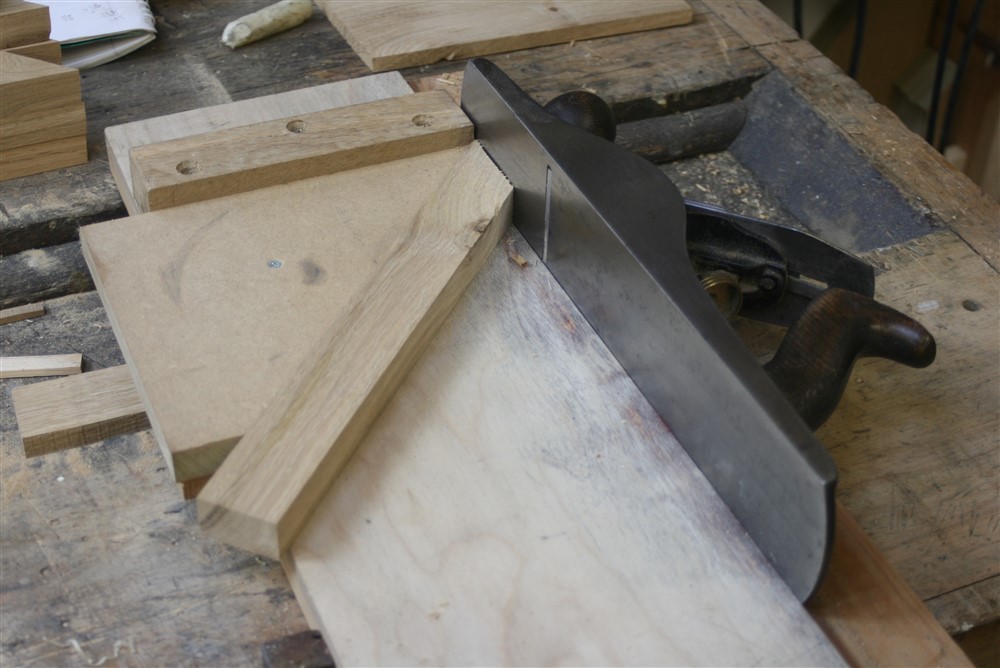chrispuzzle
Established Member
I am fed up with my cheap Stanley plastic mitre box. It is OK for the basic stuff I do with it but it makes a horrible scraping sound against the bench top and I don't trust it with clamps.
What recommendations do workshoppers have for mitre boxes and is it sensible simply to make one by hand? If so, how would you go about doing it?
What recommendations do workshoppers have for mitre boxes and is it sensible simply to make one by hand? If so, how would you go about doing it?



































